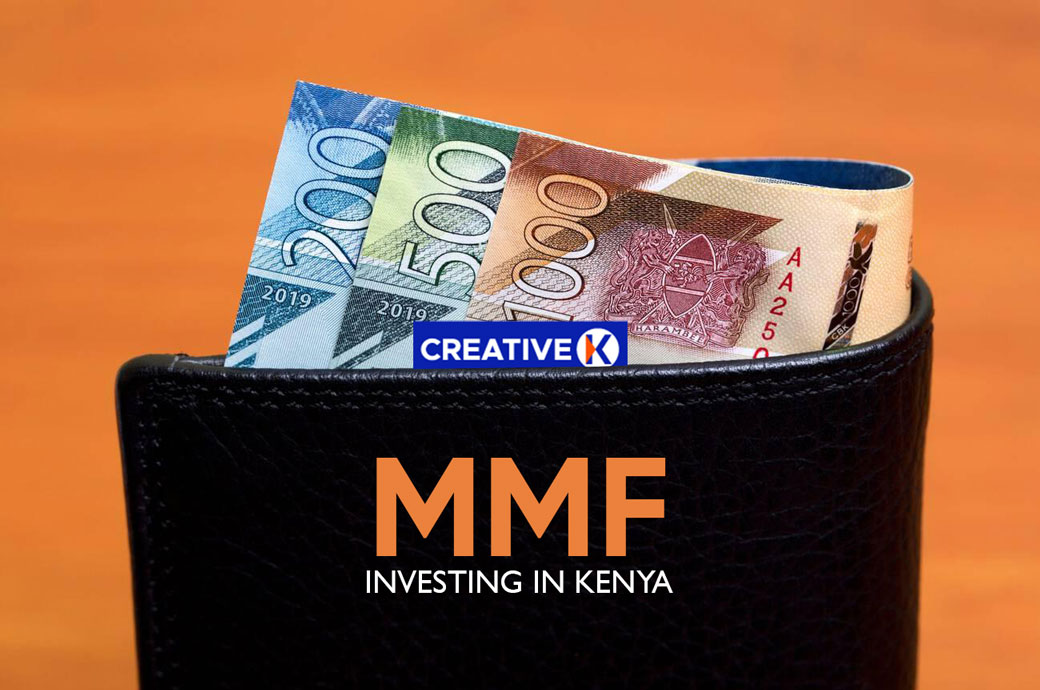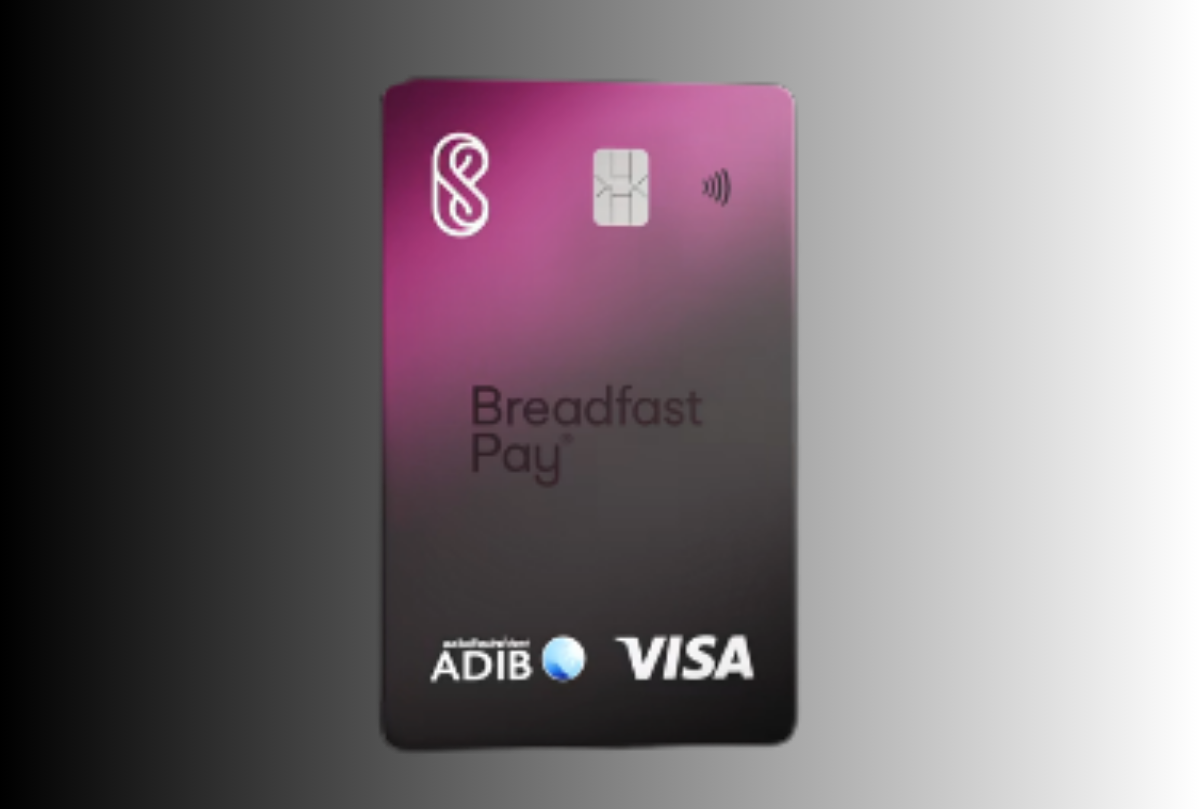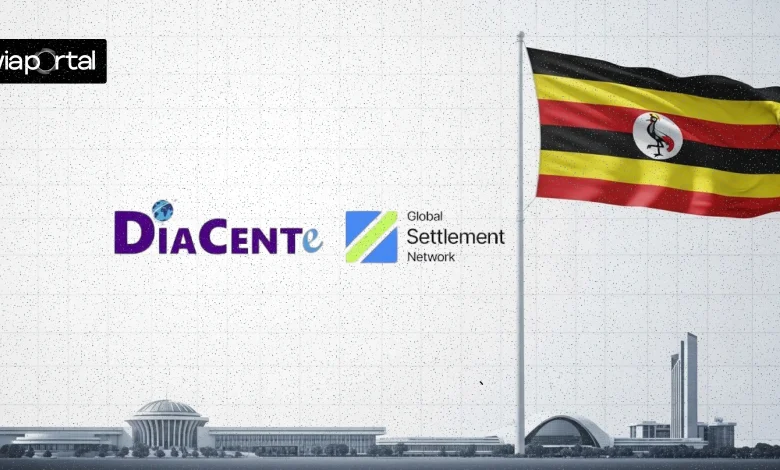In Kenya’s dynamic economy, where inflation can erode savings and traditional bank accounts offer modest returns, many Kenyans are turning to smarter ways to grow their money without taking big risks.
Enter Money Market Funds (MMFs), a popular choice for beginners looking for safety, liquidity, and better yields than your average savings account.
As of September 2025, MMFs remain a cornerstone of low-risk investing, with average effective annual yields hovering around 10-13%, down slightly from earlier highs due to easing interest rates.
Whether you’re saving for a rainy day, an emergency fund, or short-term goals like school fees, this guide breaks it all down simply.
What is a Money Market Fund?
A Money Market Fund is essentially a type of mutual fund that pools money from multiple investors to buy safe, short-term debt securities.
Think of it as a “parking lot” for your cash; it’s not sitting idle in a bank earning peanuts but actively working in low-risk instruments that mature quickly (usually within a year).
Key features:
- Investments: High-quality, short-term options like government Treasury bills, commercial paper from reputable companies, certificates of deposit, and cash equivalents.
- Goal: Preserve your capital (keep your principal intact) while generating steady income through interest.
- Structure: Managed by professional fund managers under strict regulations, with shares priced at a stable net asset value (NAV), often KSh 1 per unit in Kenya.
Unlike stocks or bonds, MMFs aren’t about chasing high growth they’re for stability. In Kenya, they’re classified as Collective Investment Schemes (CIS) and overseen by the Capital Markets Authority (CMA) to ensure transparency and investor protection.
How Do Money Market Funds Work?
Here’s the simple flow:
- You Invest: Buy units in the fund via an app, bank, or agent. Minimums are low—many start at KSh 500, making it accessible for hustlers in Nairobi or Mombasa.
- Fund Managers Invest: Your money goes into a diversified basket of short-term securities. For example, Kenyan MMFs heavily favour Treasury bills issued by the Central Bank of Kenya (CBK).
- Earn Returns: Interest from these investments is accrued daily and reflected in the fund’s yield. You get paid monthly or quarterly, often directly into your account.
- Withdraw Anytime: High liquidity means you can redeem units same-day or next-day, with no lock-in periods.
Yields are quoted as effective annual rates (after fees), which beat bank savings (around 5-7%) but lag behind riskier options like stocks.
In 2025, the CMA continues to approve new MMFs, including USD-denominated ones for forex stability.
Why Invest in Money Market Funds in Kenya Right Now?
Kenya’s MMF sector has exploded since 2018, with assets under management surpassing KSh 200 billion by mid-2025, thanks to mobile money integration (think M-Pesa) and digital platforms.
Why the hype?
- Beats Inflation and Savings Rates: With Kenya’s inflation at ~5-6% in 2025, MMFs offer real returns.
- Diversification: Spread risk across government and blue-chip corporate debt.
- Tax Perks: Interest is taxed at 15% withholding tax, but there is no capital gains tax since NAV is stable.
- Economic Context: As CBK rates stabilise post-2024 hikes, yields remain attractive amid global uncertainties.
READ ALSO:How to Open and Invest in Ziidi MMF via M-Pesa
Top-Performing MMFs in Kenya (September 2025)
Yields fluctuate daily based on market rates, but here’s a snapshot of the leaders as of late September 2025. These are effective annual yields, net of fees.
| Rank | Fund Name | Effective Annual Yield | Minimum Investment | AUM (Approx.) | Notes |
|---|---|---|---|---|---|
| 1 | Ndovu Money Market Fund | 13.06% | KSh 500 | > KSh 50B | Market leader; app-based. |
| 2 | Cytonn Money Market Fund | 13.04% | KSh 5,000 | > KSh 100B | Strong track record. |
| 3 | Nabo Africa MMF | 12.90% | KSh 1,000 | KSh 20B+ | Gaining fast. |
| 4 | Etica Money Market Fund (KES) | 12.80% | KSh 1,000 | KSh 15B | Ethical focus. |
| 5 | Madison Money Market Fund | 10.70% | KSh 5,000 | KSh 30B | Insurance-backed stability. |
Data sourced from industry trackers; always check the latest via CMA or fund providers. Yields dipped in H1 2025 but rebounded slightly in Q3.
How to Get Started as a Beginner
- Choose a Fund:Compare yields, fees (0.5-1.5% annually), and minimums on sites like Cytonn or Ndovu.
- Open an Account: Download the fund’s app (e.g., Ndovu or SC Shilingi) or visit a branch. You’ll need ID, a KRA PIN, and a bank/M-Pesa link.
- Fund It: Transfer via M-Pesa or EFT start small to test.
- Track & Withdraw: Use the app dashboard. Redeem anytime, but watch for small exit fees on early withdrawals.
- Stay Informed: Follow CMA updates for new approvals.
Pro Tip: Automate monthly contributions via standing orders for compound growth.
Pros and Cons of MMFs
Pros:
- Safety: CMA regulations limit exposure to junk debt; principal is protected.
- Liquidity: Access funds quickly with no penalties like fixed deposits.
- Ease: Digital, no need for brokers.
- Returns: 10-13% beats banks.
Cons:
- Low Growth: Not for long-term wealth building (use for <1 year horizons).
- Rate Risk: Yields fall if CBK cuts rates further.
- Fees: Management costs nibble at returns.
- Inflation: If inflation spikes above yields, real value dips.
Final Thoughts: Is an MMF Right for You?
For the average Kenyan, be it a matatu driver in Kisumu or a techie in Karen, Money Market Funds offer a simplified entry into investing.
They’re not glamorous, but they’re reliable, especially in 2025’s steady market. Start with KSh 1,000, watch your money grow, and consider stepping into bonds or stocks later.
Ready to dip your toes? Check CMA’s site for licensed funds and consult a financial advisor. Remember, past yields aren’t guarantees invest what you can afford to tie up short-term. Happy investing!
Ronnie Paul is a seasoned writer and analyst with a prolific portfolio of over 1,000 published articles, specialising in fintech, cryptocurrency, climate change, and digital finance at Africa Digest News.






Leave a Reply